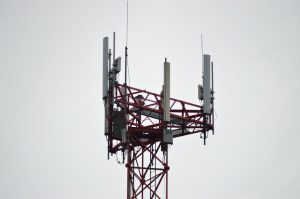
GEO Satellites: Understanding the Technology and Its Applications
GEO satellites, or Geostationary satellites, are a type of satellite that orbits the Earth at an altitude of approximately 36,000 kilometers, which is about 1/10th of the distance between the Earth and the Moon. At this altitude, the satellite’s orbital period is synchronized with the Earth’s rotational period, allowing it to remain stationary in the sky relative to a fixed point on the Earth’s surface. This unique characteristic makes GEO satellites ideal for a wide range of applications, including telecommunications, television broadcasting, and weather forecasting.
How GEO Satellites Work
GEO satellites are launched into space using a rocket, and once they reach their desired altitude, they are placed into a geostationary orbit. The satellite’s momentum is then used to maintain its orbit, and it begins to transmit and receive data to and from Earth stations. The satellite’s antenna is designed to receive signals from Earth stations and re-transmit them back to other parts of the world, allowing for global communication and broadcasting.
Applications of GEO Satellites
GEO satellites have a wide range of applications, including television broadcasting, telecommunications, and weather forecasting. They are used to transmit television signals to remote areas, providing access to information and entertainment for millions of people around the world. They are also used for telecommunications, providing internet and phone services to areas where traditional infrastructure is lacking. Additionally, GEO satellites are used for weather forecasting, providing critical data on weather patterns and storms.
Benefits and Challenges of GEO Satellites
The benefits of GEO satellites are numerous, including providing global coverage, high bandwidth, and reliability. However, there are also challenges associated with GEO satellites, including the high cost of launch and maintenance, the risk of satellite failure, and the potential for interference from other satellites. Additionally, the increasing number of satellites in orbit is creating concerns about space debris and the potential for collisions.
Future of GEO Satellites
Despite the challenges, the future of GEO satellites looks promising, with advancements in technology and the increasing demand for global communication and broadcasting services. New technologies such as high-throughput satellites and satellite constellations are being developed to provide faster and more efficient services. Additionally, there is a growing interest in using GEO satellites for new applications such as Earth observation and space exploration.





